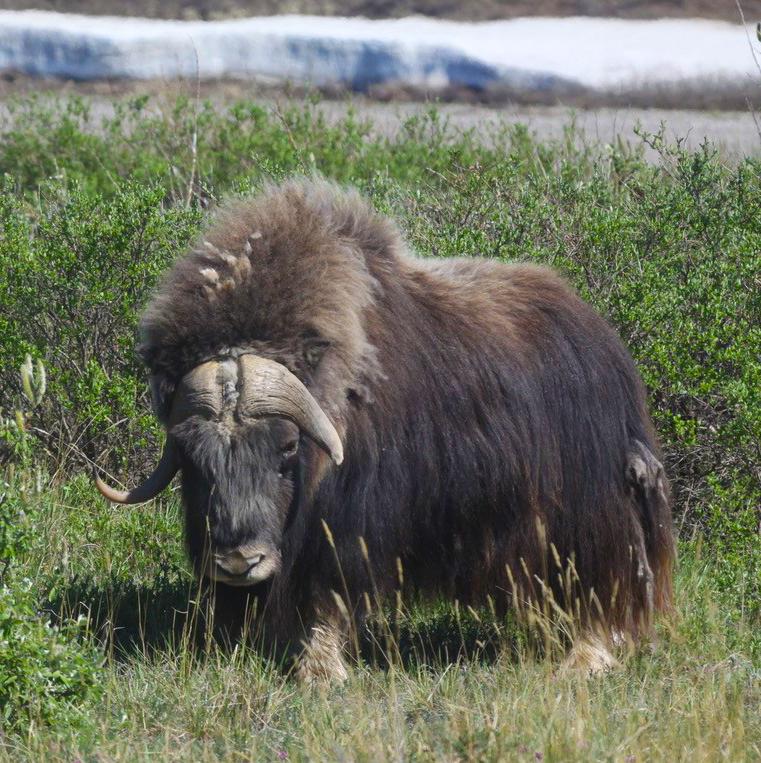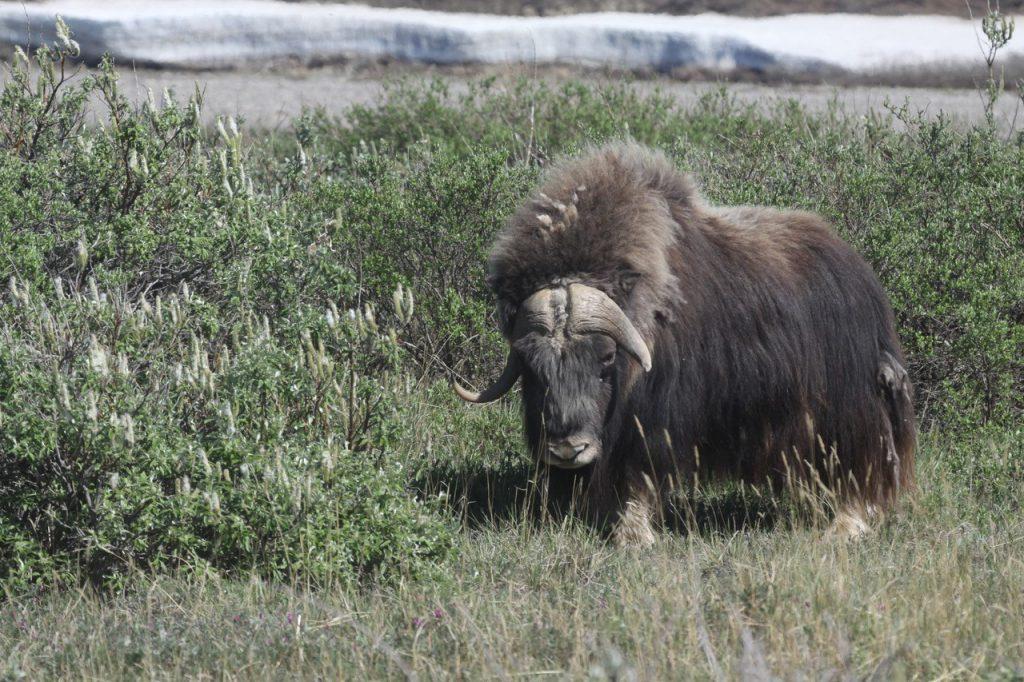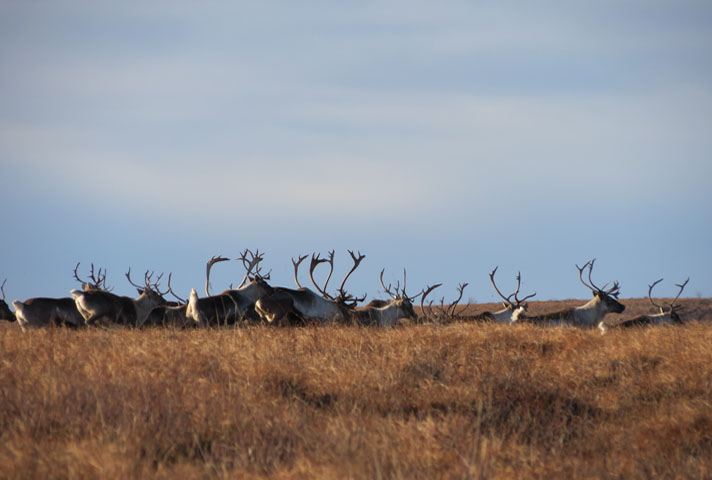
The NPRA leasing process is broken
The National Petroleum Reserve-Alaska —also known as the Western Arctic—provides rich wildlife habitat that nourishes the animals and people who rely on its continued health. Yet the Bureau of Land Management continues to hold lease sales in the area without looking at the real and enduring impacts of industrial activities on this area’s land, water, animals, climate, and people. The lease sale process is broken.

As in past years, the BLM is on track to hold another lease sale this year without taking a close look at the environmental impacts, as required under the National Environmental Policy Act. This pattern must be stopped. BLM should halt its planned 2019 lease sale. Read our comment cover letter submitted to BLM on behalf of client for a deeper dive into the problems with the lease sale process.
The lawsuits and impacts keep piling up
As claimed in two lawsuits filed by Trustees for Alaska on behalf of five clients, BLM has not carefully considered the full range of impacts from oil and gas activities before issuing leases in the Western Arctic.
BLM does not complete an environmental review process specific to each of its annual lease sales. After handing off oil and gas leases to industry, BLM claims it no longer has the ability to say “no” to future industrial proposals—even if later reviews show that those activities will cause significant harm.
BLM found in the context of previous projects in the Western Arctic that there were likely to be significant impacts to hunting and access to food, as well as on the land, water and wildlife, particularly near the community of Nuiqsut. Despite this, BLM is continuing to lease areas around Nuiqsut that are important hunting and fishing grounds, and is in the process of revising the management plan for the Western Arctic with the goal of opening additional areas to oil and gas.

BLM is also reviewing a massive new proposal by ConocoPhillips in what it calls the Greater Willow Area, which will extend the spider web of roads and industrial development further into the Reserve.
The law requires analysis, not a revolving door
The law requires that the agency take a close look at the potential impacts to the animals people eat and lands used to access food. It requires protection of wildlife and wildlife habitat. It requires protection of Special Areas set aside because of their importance to people and wildlife as traditional homelands and wild areas.
BLM, as a matter of course, does not consider the impacts of oil and gas activities in specific areas before offering these special places to lease. The lack of adequate analysis on the front end is followed by the agency’s inability to prevent oil and gas industrial activities on the back end. This means failing to protect against the disruption of climate, public health, sociocultural systems, animal migration routes, nesting areas, the availability and access to wild foods, and the sustainability and health of wildlife habitat. BLM’s process fails to pass muster with the laws meant to protect us. The comment period on the 2019 lease sale in the Western Arctic closes July 22.


